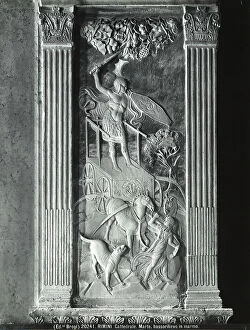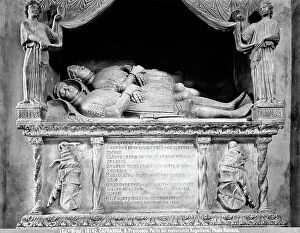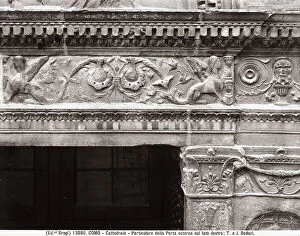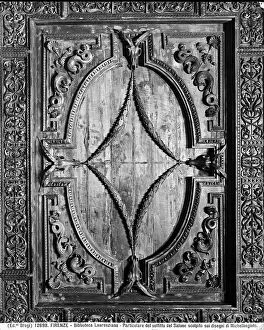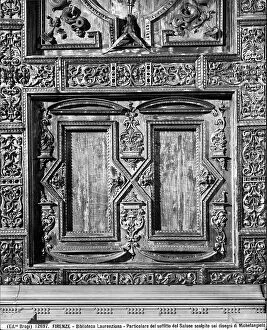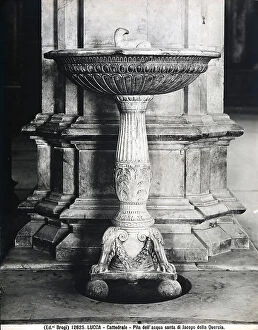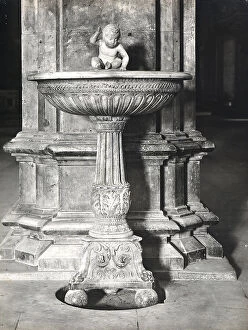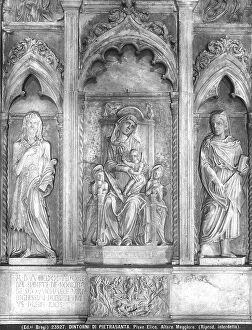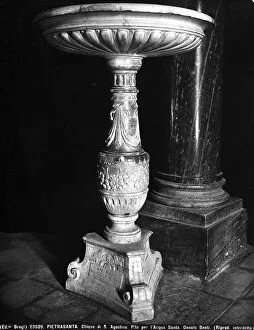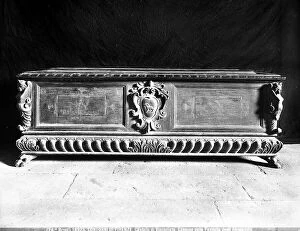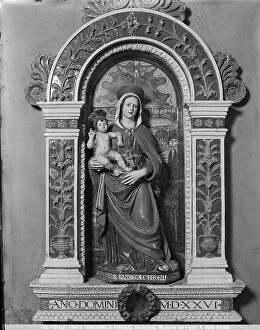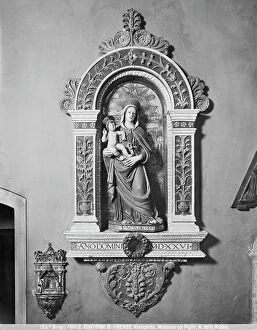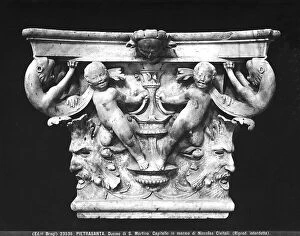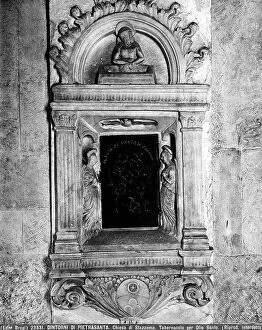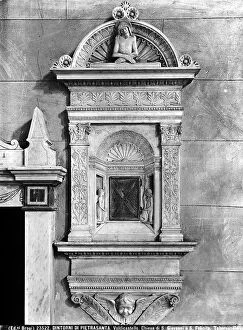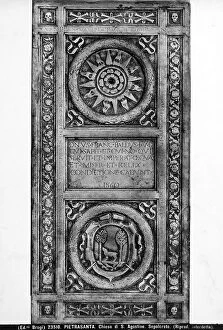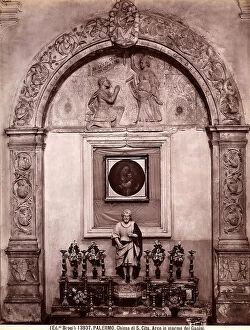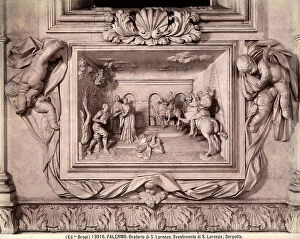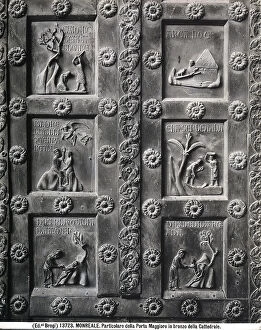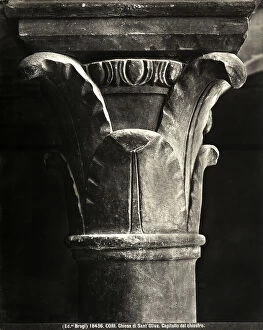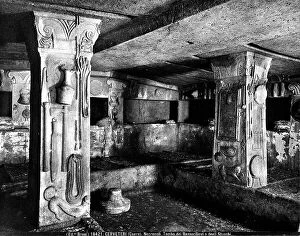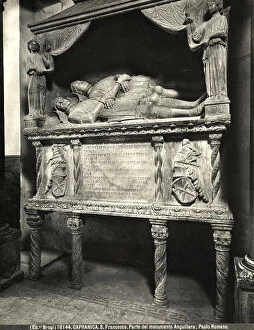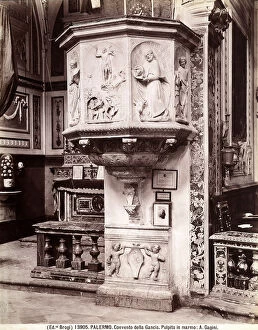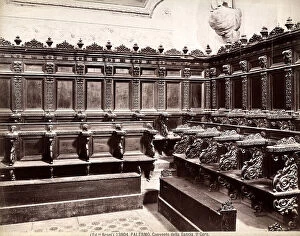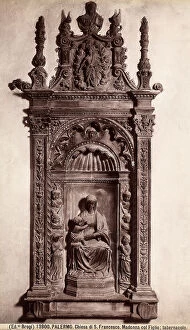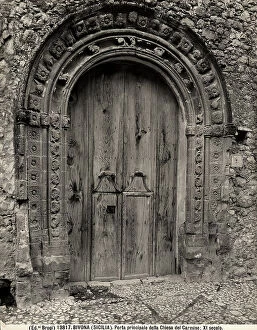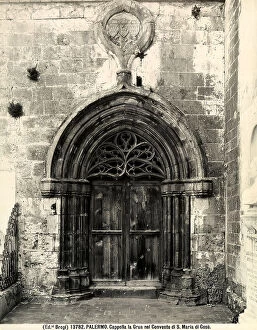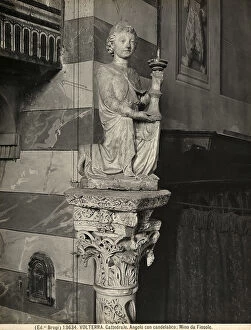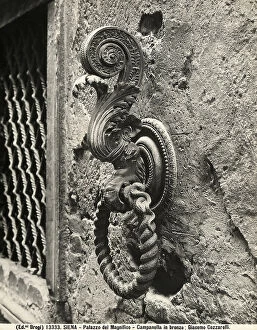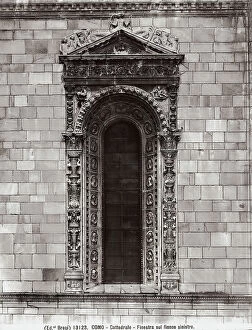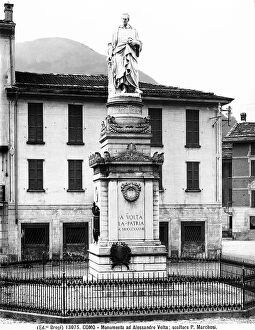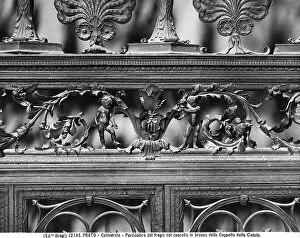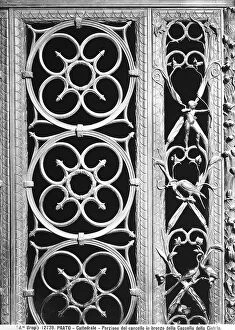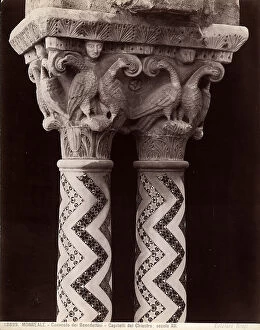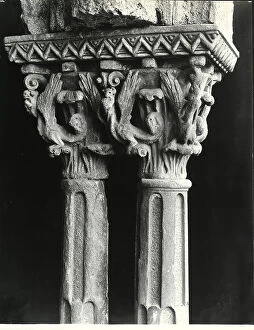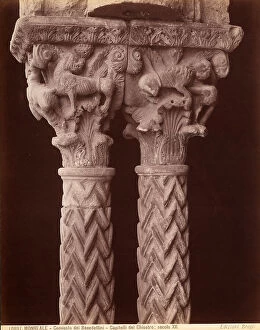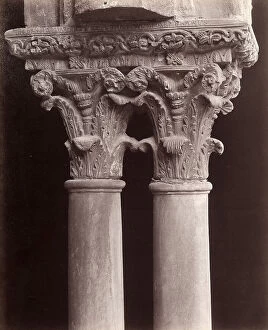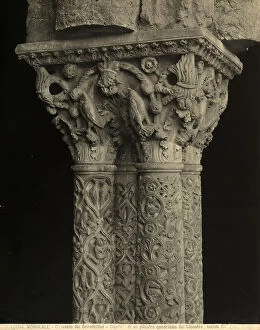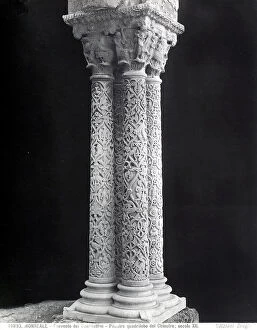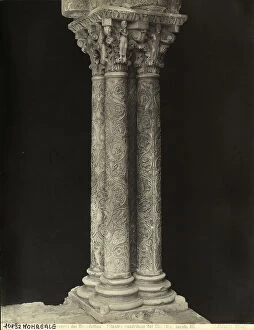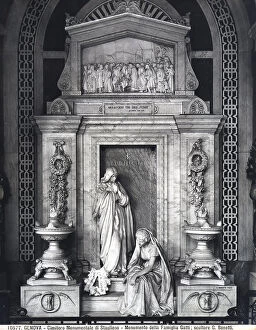Acanthus Collection (page 2)
Acanthus, a versatile and timeless motif that has graced various forms of art throughout history
For sale as Licensed Images
Choose your image, Select your licence and Download the media
Acanthus, a versatile and timeless motif that has graced various forms of art throughout history. From ancient terracotta amphoras to intricate relief carvings on the Ara Pacis Augustae, acanthus leaves have captivated artists and admirers alike. Even in architecture, this exquisite foliage finds its place. The oak architrave sections of RMS Olympic bear witness to the grandeur design. Its scrolling reliefs add an elegant touch to Roman columns and Corinthian capitals, showcasing the mastery of W & AK Johnston. But it is not just in grand structures where acanthus thrives; they can be found even in everyday objects. Take for instance the porcelain Porter Mug depicting an industrial scene from Manchester's Soho Foundry or the stateroom cabin door aboard RMS Olympic. Acanthus brings beauty into our lives through unexpected avenues. Intriguingly, it also made its way into textiles with William Morris' Wallpaper Sample featuring chrysanthemums. This color woodblock print showcases how nature-inspired patterns can seamlessly blend with acanthus motifs. Beyond art and design, we encounter the living embodiment in plants like bears breeches (Acanthus spinosus). These spiky yet graceful leaves remind us of nature's ability to inspire human creativity. Whether adorning prestigious Panathenaic prize amphoras or gracing Hisham's Palace near Jericho during the 8th century AD, acanthus continues to enchant us with its elegance and versatility.

